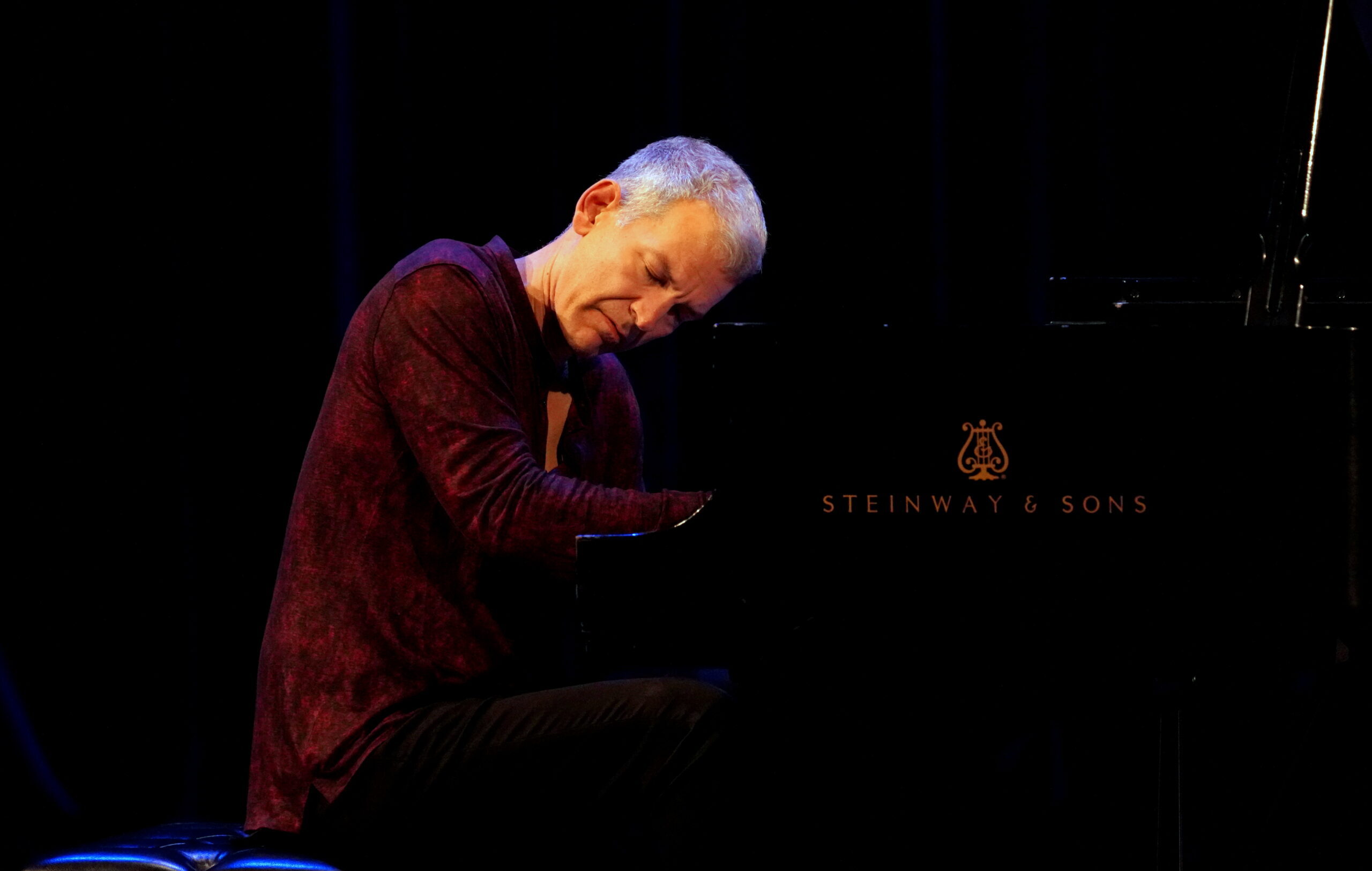BY BRAD MEHLDAU
Fourteen Reveries (2023)
Fourteen Reveries came from a similar impulse as the suite from four years ago, April 2020, to write shorter pieces. In both sets, I have eschewed larger-scale development, opting for brevity. Each piece is more like a distillation of emotion. If there is one link of mood here in this set, it is that of reverie. The music might accompany those moments during waking hours, when we withdraw from our exterior environment.
Reverie can be welcome, perhaps as a diversion from the banality of one’s surroundings. At other times, it is an involuntary flight into melancholy. In all cases, it is an interior experience, exclusive to our own consciousness, independent from others. The music here accordingly expresses solitude—at turns enraptured, placid, nervous, lonely, or ecstatic.
Reverie is not so much an emotional state itself, but the interior frame in which those emotions knock around. There is often an element of quiet in these pieces—not necessarily in dynamic volume, but the quietude of passivity, as one allows those feelings to wash over them, without broadcasting them to anyone else. Outward quietude masks a flow of inner action. The music is less a willful display and more like peeling back a curtain to reveal something.
Each piece is self-contained, and while there are no overt melodic themes or motifs which bind them together, they flow into each other, often attacca, with no pause, often connecting through their shared tonal center. The first five, thus, make up a group in C major; #7-9 move between G major and G minor. Metric connections appear as well, as in #2 and #9, which share the same placid 5/8 meter.
There are several pianistic obsessions I have wrestled with as a player and composer through the years, which play out in some of the pieces. One is to place a melody within its accompanying figuration, so that even as it takes center stage, it remains part of an undulating texture. One can hear that feature in the first, second, and ninth pieces. Another compositional approach in the seventh piece was to avoid indicating the shifting time signatures in the written music, visually emphasizing for the player the fluid, gridless kind of state of the music. In the final more extended piece, as in ‘waiting,’ the ninth piece from April 2020, the music has a clear pulse but no bar lines at all, like a paragraph made up of one long sentence.
The more I have studied the masters over the years, the more I have been fascinated by what the composer “tells” the pianist in the score—or does not tell—sometimes overtly, sometimes obliquely; concerning dynamics, articulation, tempi, pedaling, and emotional direction. There is usually some balance of specificity and open-endedness. A composer like Brahms in his Klavierstücke gives the player everything they need to let the beauty and sublimity of the music reveal itself but also leaves things to be discovered: there are all sorts of countermelodies hiding between the hands which are not marked with accents. This is part of the reason for the longevity of that music—in its multi-dimensionality, it gives the players choices and invites them to interpret it differently from one performance to another.
In some of the pieces here, I have exploited those kinds of hidden currents and made them more explicit, marking them with accents and tenutos. At other times, I have followed my master Brahms and written only the notes. For the final 14th piece, there is the following direction on the top of the page:
Dynamics have not been given; the player is free to choose and is encouraged to find melodies within the figuration and bring them out as they wish, through louder dynamic, marcato touch, and perhaps finger-pedaling. Time signature and bar lines not given; each system traces a possible phrase length, sometimes obvious, but they are only guidelines, allowing the player to feel the piece as a continuous stream.
The strongest model for open-endedness in many respects is Bach, who left us with little to no indications for tempo, articulation, and dynamics. The listener can hear the inspiration I have drawn from many of his preludes in the Well-Tempered Clavier in the last piece here. Like one long wave from beginning to end, it nevertheless invites the performer to draw out a more segmented story with their own sentences, paragraphs, and chapter, if they wish. In this regard, finally, the music I have written is not only inspired by composers but by the great interpreters who have shaped their music.
L.A. Pastorale
Pastoral: having the simplicity, charm, serenity, or other characteristics generally attributed to rural areas
How would that sentiment apply to Los Angeles, a metropolis of concrete, cars, and freeways? Although I think of Bob Hurwitz, President of Nonesuch Records, as a New Yorker—he is part and parcel of my New York City experience in all the time I’ve known him—Los Angeles is his city of origin. It’s a place I know as well, having lived there for five years. A few years ago, Bob showed me a collection of photographs he made in L.A. that speak of something particular to that city: Amidst the urban facades, the brash advertisements that promise impossible salvation, and the ceaseless flow of humans, there is a quiet flow, and there are pockets of beauty if you take the time to look. It’s the L.A. pastorale.
Suite: April 2020
While sheltering at home with my family in the Netherlands during the COVID-19 pandemic, I wrote 12 new songs about what I was experiencing; I was able to record them safely in an Amsterdam studio, along with tunes by Neil Young, Billy Joel, and Jerome Kern, for the album Suite: April 2020.
Suite: April 2020 is a musical snapshot of life the last month in the world in which we’ve all found ourselves. I’ve tried to portray on the piano some experiences and feelings that are both new and common to many of us. In “keeping distance,” for example, I traced the experience of two people social distancing, represented by the left and right hand—how they are unnaturally drawn apart, yet remain linked in some unexplainable and perhaps illuminating way. As difficult as COVID-19 has been for many of us, there have been moments of revelation along the way. “stopping, listening: hearing” highlights that moment as well.
I’ve pointed to some of the strong feelings that have arisen the past month or more: “remembering before all this” expresses a bittersweet gut-pain that has hit me several times out of the blue, when I think back on how things were even just a few months ago and how long ago and far away that seems now; “uncertainty” hits on the feeling that can follow right after that—a hollow fear of an unknown future.





